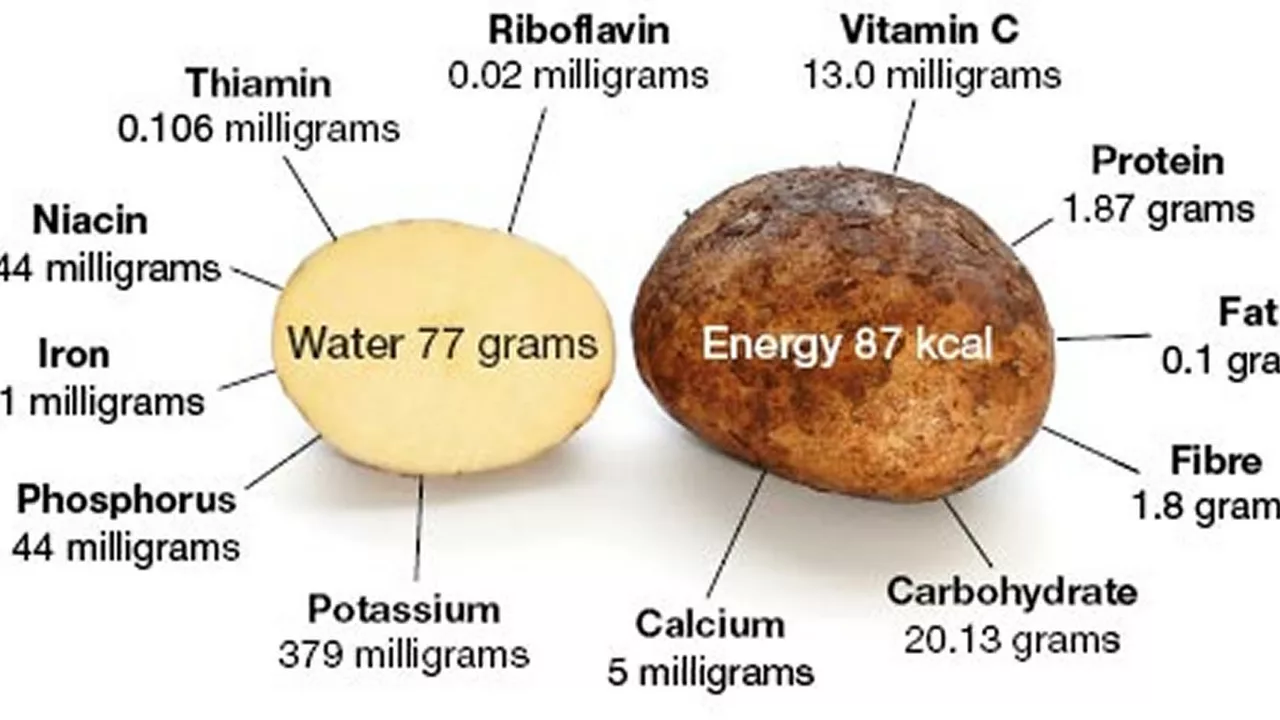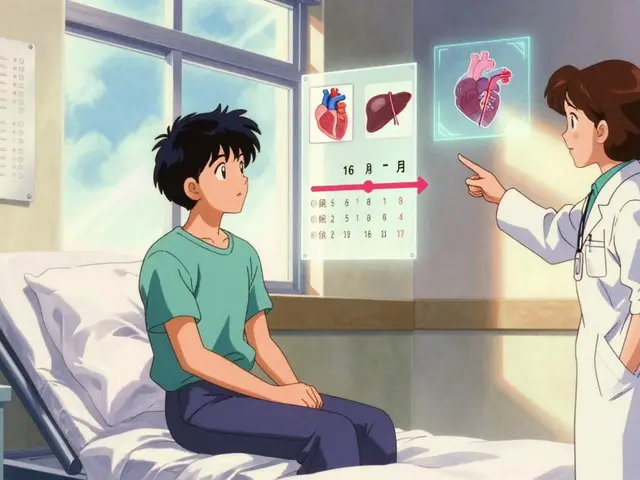Potatoes get a bad rap as starchy junk food, but they’re one of the most useful, nutritious, and cheap foods you can buy.
Packed with vitamin C, potassium, fiber (when you eat the skin), and affordable calories, potatoes can be a healthy daily staple if you cook them right. This page shows practical ways to use potatoes for better nutrition, smarter cooking, and less waste.
Start with the right potato. Waxy types (red, new) hold shape in salads and stews. Starchy types (Russet, Idaho) get fluffy when baked or mashed and make crisp fries. Choose potatoes with smooth skins and no green spots. Store them in a cool, dark place — not the fridge — to avoid converting starch to sugar.
Cooking matters. Boiling whole potatoes keeps more nutrients than cutting them first. Roasting at high heat crisps the outside while keeping the inside soft. For mashed potatoes, use a ricer to avoid gluey texture. Want lower-GI meals? Cook potatoes, chill them for at least 24 hours, and reheat — chilling increases resistant starch, which feeds good gut bacteria and blunts blood sugar spikes.
Use the skin. Potato skins contain fiber, B vitamins, and minerals. Scrub them clean and leave skins on for roasting, baking, or thin-cut fries. If you’re worried about pesticides, buy organic or peel only when necessary.
Leftovers are gold. Cold potato salad with olive oil and vinegar, fried potato cakes, or blended into a soup for creaminess without cream — all are smart ways to stretch meals. You can also freeze cooked, cooled fries or wedges after a quick bake to save time later.
Potatoes beyond the plate. Mashed potatoes soothe minor skin irritation in folk remedies; cooled potato slices can temporarily reduce puffiness. In gardens, potato peelings can go into compost for a quick nutrient boost — avoid adding too many at once to prevent pests.
Watch portions and toppings. A medium baked potato is a reasonable serving; the problem is often giant portions and calorie-packed add-ons like butter, bacon, and heavy cheese. Use Greek yogurt, salsa, or a sprinkle of herbs to keep flavor and cut calories.
People with specific medical needs should be careful. Potatoes are high in carbohydrates, so if you manage diabetes, balance them with protein and fiber and monitor your blood sugar. Those on a low-potassium diet should check with a clinician before increasing potato intake.
Try these quick ideas: roast fingerlings with rosemary for a simple side, mash with cauliflower for fewer carbs, or slice thin for homemade chips baked crisply. Potatoes are cheap, versatile, and surprisingly healthy when you treat them thoughtfully.
Grow your own: potatoes are forgiving—plant seed potatoes in loose soil, hill up the stems, and harvest when foliage dies back. Homegrown potatoes often taste better and cost less than store-bought. Want varieties? Try Yukon Gold, Red Pontiac, Russet Burbank, fingerlings. Enjoy cooking.
If you want recipes, storage tips, or quick meal plans using potatoes, you can find easy, tested ideas that fit your taste and budget.





